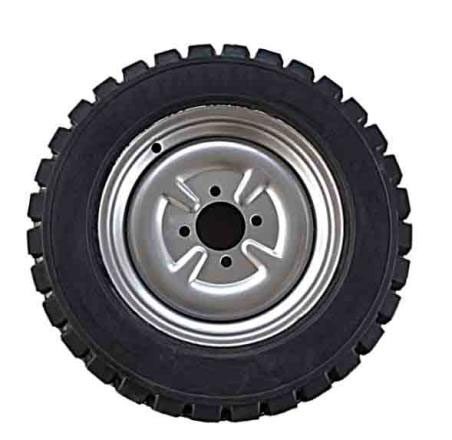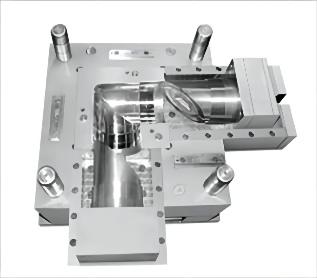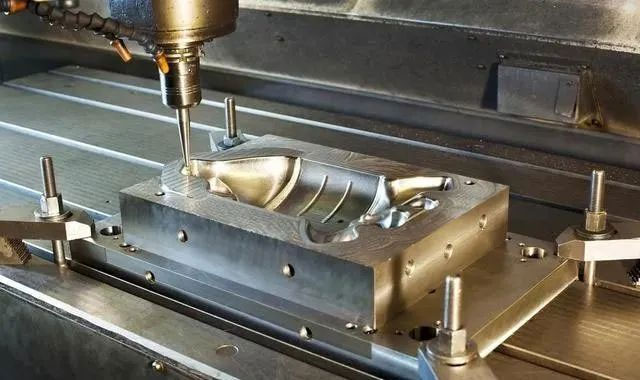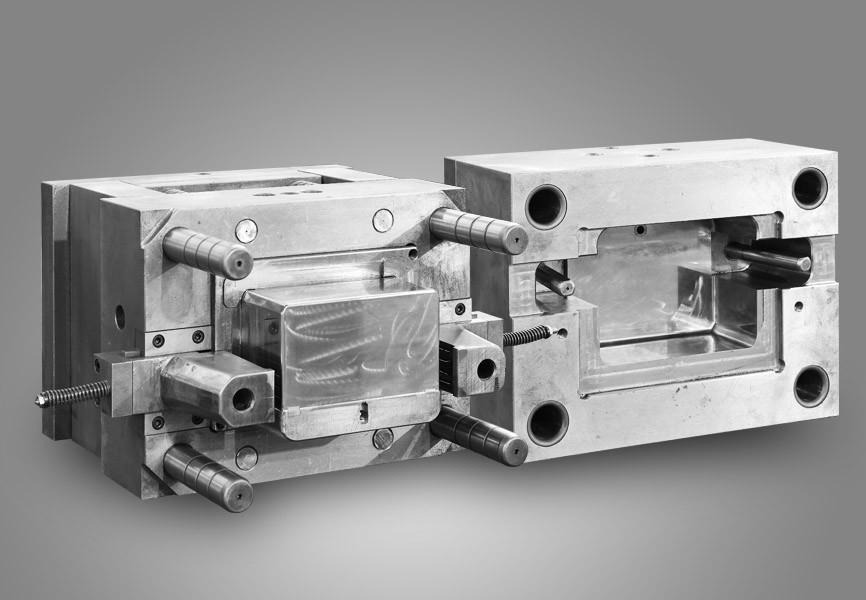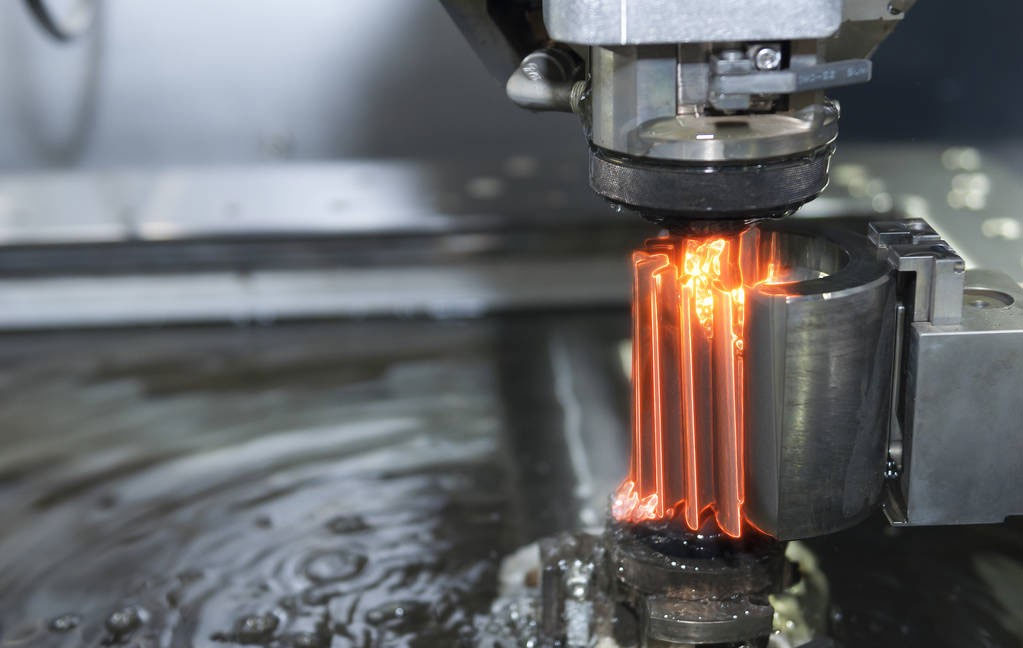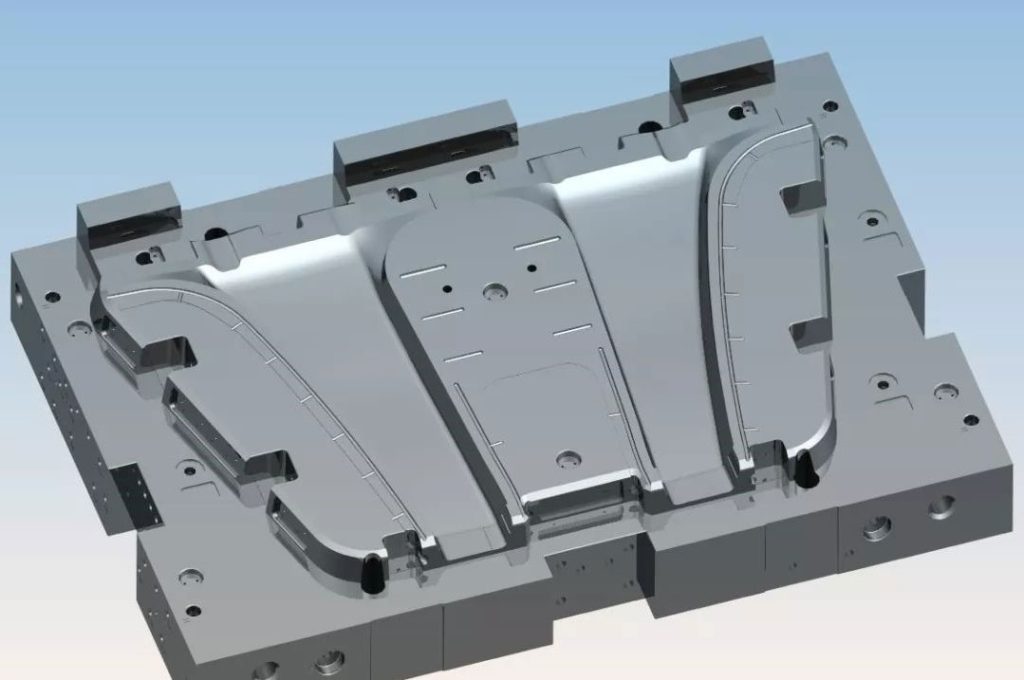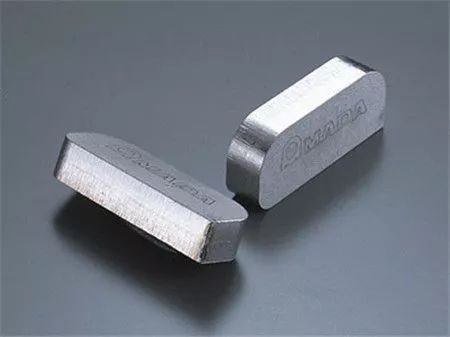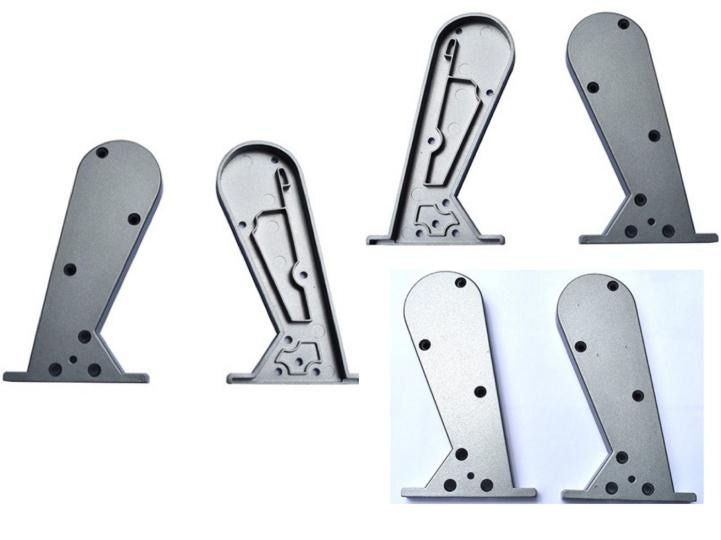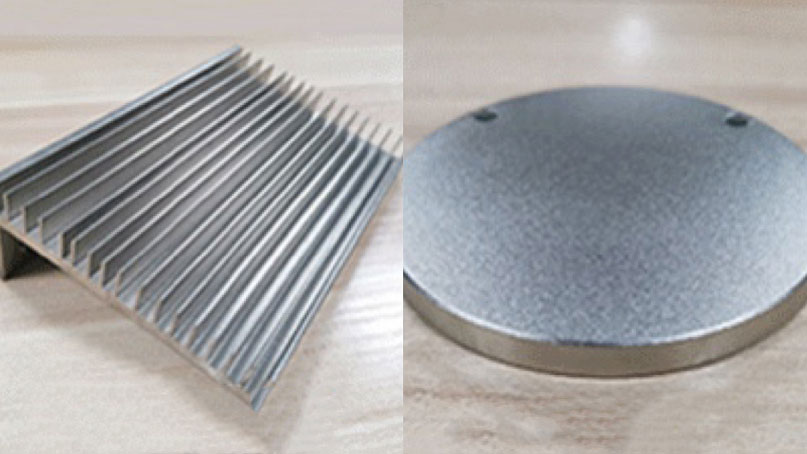The performance of the mold will be affected by the heat treatment technology, because the toughness of the mold steel can be increased by heat treatment so that the life of the mold will be greatly improved. The working conditions of hot working dies are very harsh and complex, because they all need to be in direct contact with the heated billet or liquid metal, and are repeatedly heated and cooled during the whole process. At the same time, there is also the effect of the shock load. Therefore, the performance requirements of hot mold steel are extremely strict, so as to meet the use of hot molds. We can improve the performance indicators of the mold through heat treatment and surface treatment technology, thereby promoting the improvement of the service life of the mold.
What is heat treatment?
Heat treatment is a metal thermal processing process. It refers to the means of heating, heat preservation, and cooling of materials in a solid state to obtain the desired structure and properties.
Metal heat treatment is one of the important processes in machinery manufacturing. Compared with other processes, heat treatment generally does not change the shape and overall chemical composition of the workpiece. Heat treatment is to impart or improve the performance of the workpiece by changing the microstructure inside the workpiece or changing the chemical composition of the workpiece surface. Heat treatment is to improve the intrinsic quality of the workpiece, and this change is generally not visible to the naked eye.
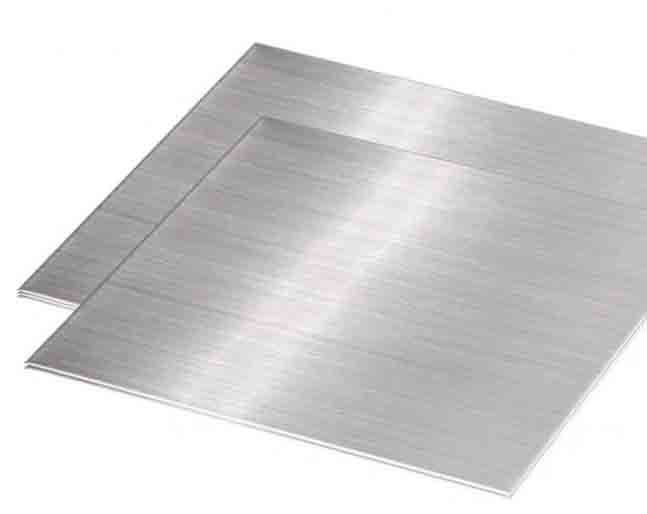
Hot work die steel
Hot work die steel is used to make molds that deform metals in a heated state, including hot forging dies, hot extrusion dies, die casting dies, and high-speed forging dies.
Working conditions and performance requirements of hot work die steel
The hot work die will bear a lot of impact force when working, the die cavity is in contact with the high-temperature metal, and it will be heated and cooled repeatedly, and its use conditions are harsh. In order to meet the use requirements of hot work die, hot work die steel should have the following characteristics: high high-temperature strength and good toughness. Has good wear resistance and high thermal stability. Has excellent thermal fatigue resistance and high hardenability. It has good thermal conductivity and good forming process performance.
Alloying treatment
The mass fraction of carbon in hot work die steel is generally maintained between (0.3%~0.6%) C to obtain the required strength, hardness, wear resistance, and toughness. If the carbon content is too high, the toughness and thermal conductivity will decrease, and if the carbon content is too low, the strength, hardness, and wear resistance are difficult to guarantee.
Chromium improves hardenability and tempering stability. The coexistence of nickel and chromium can not only improve the hardenability but also improve the comprehensive mechanical properties. Manganese increases hardenability and strength but reduces toughness. Molybdenum, tungsten, vanadium, etc. can produce secondary hardening, improve red hardness, tempering stability, thermal fatigue resistance, and grain refinement.
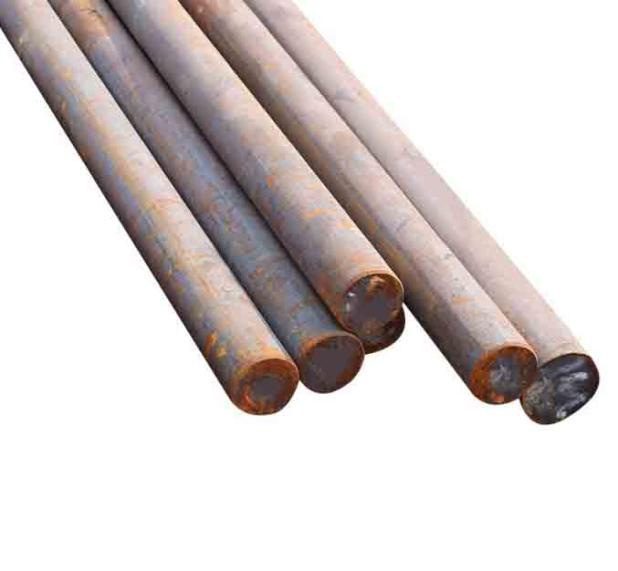
Heat Treatment Process
The heat treatment process generally includes three processes of heating, heat preservation, and cooling, and sometimes only two processes of heating and cooling. These processes are connected and cannot be interrupted.
- Heating
Heating is one of the important processes of heat treatment, and there are many heating methods. The earliest use of charcoal and coal as the heat source, and the recent application of liquid and gas fuels. The application of electricity makes heating easy to control and free of environmental pollution.
When the metal is heated, because the workpiece is exposed to the air, oxidation and decarburization often occur, which is not conducive to the surface properties of the parts after heat treatment. Therefore, the metal should be heated in a controlled atmosphere or protective atmosphere, in molten salt and in a vacuum, or protective heating with coatings, and packaging methods. The heating temperature is one of the important process parameters of the heat treatment process, and the selection and control of the heating temperature are the main issues to ensure the quality of the heat treatment.
- Heat preservation
The heating temperature varies according to the purpose of heat treatment and the metal material to be treated, but generally, it is heated above the phase transition temperature to obtain a high-temperature structure. However, the transformation takes a certain amount of time, so when the surface of the metal workpiece reaches the required heating temperature, it must be maintained at this temperature for a certain period of time, so that the internal and external temperatures are consistent and the microstructure is completely transformed. This period of time is called heat preservation time.
- Cooling
Cooling is also an indispensable step in the heat treatment process. The cooling method varies with different processes, mainly controlling the cooling rate. Generally, the cooling rate of annealing is the slowest, the cooling rate of normalizing is faster, and the cooling rate of quenching is the fastest. But there are also different requirements due to different steel grades.
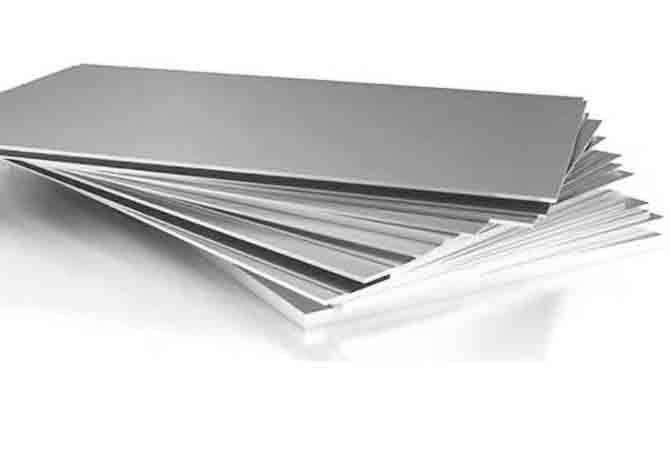
Surface treatment technology of die steel
Commonly used surface strengthening techniques are chemical heat treatment, high energy beam surface strengthening, and physical or chemical vapor deposition.
Common chemical heat treatments are carburizing, nitriding, boronizing, etc. These surface treatment processes are some traditional processes, which have the characteristics of low cost and high reliability compared with other processes, and there are also many options.
The characteristics of high-energy beam surface strengthening technology are fast heating speed, small deformation of the workpiece, no cooling medium, good controllability, and easy to realize automatic control. Among high-energy beam surface strengthening technologies, laser surface modification has the most research applications. At present, the research on laser surface treatment mainly uses the characteristics of good controllability of this technology and little influence on the substrate and combines some other technologies to carry out some new process research.
Vapor deposition is divided into chemical vapor deposition and physical vapor deposition. These methods are mainly used to form a ceramic coating on the surface of the mold, but the biggest problem with the application of the ceramic coating is that the thermal expansion performance of the ceramic coating does not match the mold steel matrix, which will cause the early cracking failure of the coating. Therefore, plasma nitriding before the ceramic coating is an effective method to improve the bonding force between the ceramic coating and the substrate and has a significant effect on improving the lives of the hot work die. However, various ceramic coatings, whether single-layer or multi-layer or combined with nitriding, inevitably cause differences in thermal expansion performance with the matrix, so it will affect the thermal fatigue performance of the mold. Therefore, a composite coating system is needed. The composite coating system can make the surface of the die-casting mold have the functions of anti-welding, anti-melting loss, anti-oxidation, and wear-resistant. The biggest feature of this coating system is to reduce the transfer of heat to the mold, slow down the temperature change of the mold, and improve the thermal fatigue resistance of the mold steel.
JTR can provide CNC machining, stamping, die casting, 3D printing, injection molding, and other services. We have a variety of precision CNC machining equipment and testing equipment. We can provide customers with rapid prototyping and mass manufacturing services, and we welcome domestic and foreign customers to consult at any time.


